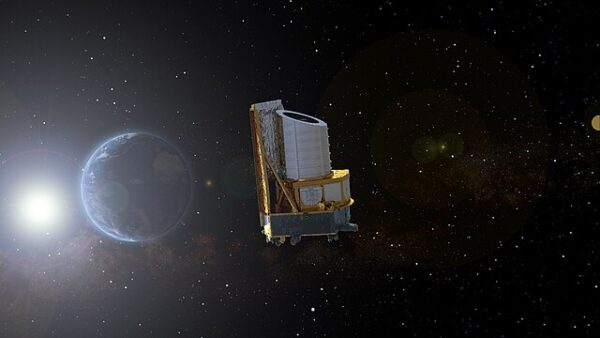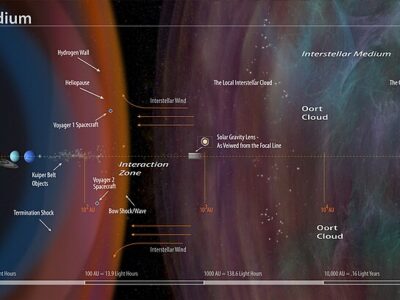
The James Webb telescope has gotten some competition, and its first images of the universe are mind blowing.
“Launched by the European Space Agency in July, the Euclid telescope’s initial release includes five observations made from its orbital home 1 million miles (1.5 million kilometers) away from Earth, including views of a stellar nursery and massive clusters of galaxies and stars.
Euclid’s wide perspective can record data from a part of the sky 100 times bigger than what NASA’s James Webb Space Telescope’s camera can capture.
Together, the new color images showcase the scintillating beauty of space, the potential and capabilities of the telescope’s science instruments — including a visible light camera and a near-infrared camera/spectrometer — and the level of detail it will be able to pick out across the universe, ESA officials said.
The observations also reveal previously unseen aspects of the cosmos that will contribute to Euclid’s main mission of surveying one-third of the sky for the next six years,” writes CNN
“We have never seen astronomical images like this before, containing so much detail. They are even more beautiful and sharp than we could have hoped for, showing us many previously unseen features in well-known areas of the nearby Universe. Now we are ready to observe billions of galaxies, and study their evolution over cosmic time,” said René Laureijs, ESA’s Euclid project scientist, in a statement.
Popular Mechanics writes, “As a community of space enthusiasts (casual and extremely dedicated alike), we have truly been blessed by the amount of simply stunning images we’ve been getting recently—especially since the James Webb Space Telescope (JWST) sent back its first set in July 2022. But the images and data that Euclid is focused on capturing and sending back to Earth are much different than those from a telescope like JWST or Hubble.
That’s because where other telescopes primarily go deep, Euclid primarily goes broad. The telescope is meant to image a huge swath of the night sky—as much as one-thirds—in around six years. From that data, researchers intend to build ‘the largest cosmic 3D map ever made.’ This is not your average 3D image, though. The third dimension of this map? Time.
The overall goal of the mission is to study dark matter and dark energy. We’ve never been able to directly image either one of those things. But on a one-third-of-the-sky kind of scale, where we can also see back through time (by virtue of the whole “when we see things that are far away in space we are also seeing back in time because light moves at a finite speed” thing), we will hopefully be able to see the effects of dark matter and dark energy on large-scale cosmic structure.”
Scientists are excited about having another amazing tool at their fingertips. Ultimately, scientists hope Euclid’s findings will help explain if there is a “revolution” needed in our understanding of the laws of nature, Yannick Mellier, an astronomer at the Paris Institute of Astrophysics who leads the Euclid consortium, told Space.com. “In principle, Euclid should provide a decisive response on the nature of dark energy.”









